Carmageddon Rally Mayhem - Page 2
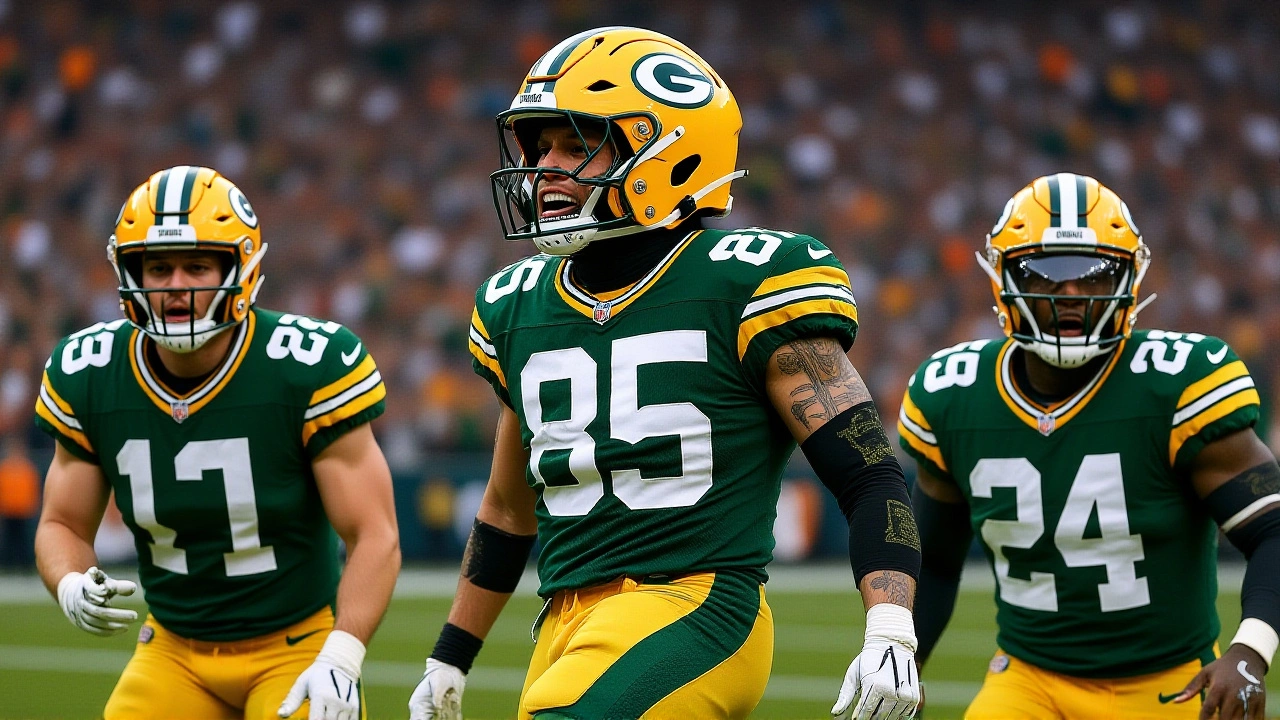
Packers and Cowboys End Week 4 Thriller in Rare 40-40 Overtime Tie
Packers and Cowboys finish a Week 4 showdown 40‑40 after a dramatic overtime field goal, marking a rare high‑scoring tie that impacts both teams' playoff outlook.

49ers’ George Kittle ruled out with hamstring injury vs. Seahawks in season opener
49ers tight end George Kittle left the season opener against the Seahawks with a hamstring injury and was ruled out before halftime. He exited after a downfield block, headed to the blue tent, and later returned to the sideline in a cap. Kittle had four catches for 25 yards and a touchdown before the injury. San Francisco won, but his status for upcoming games is uncertain.
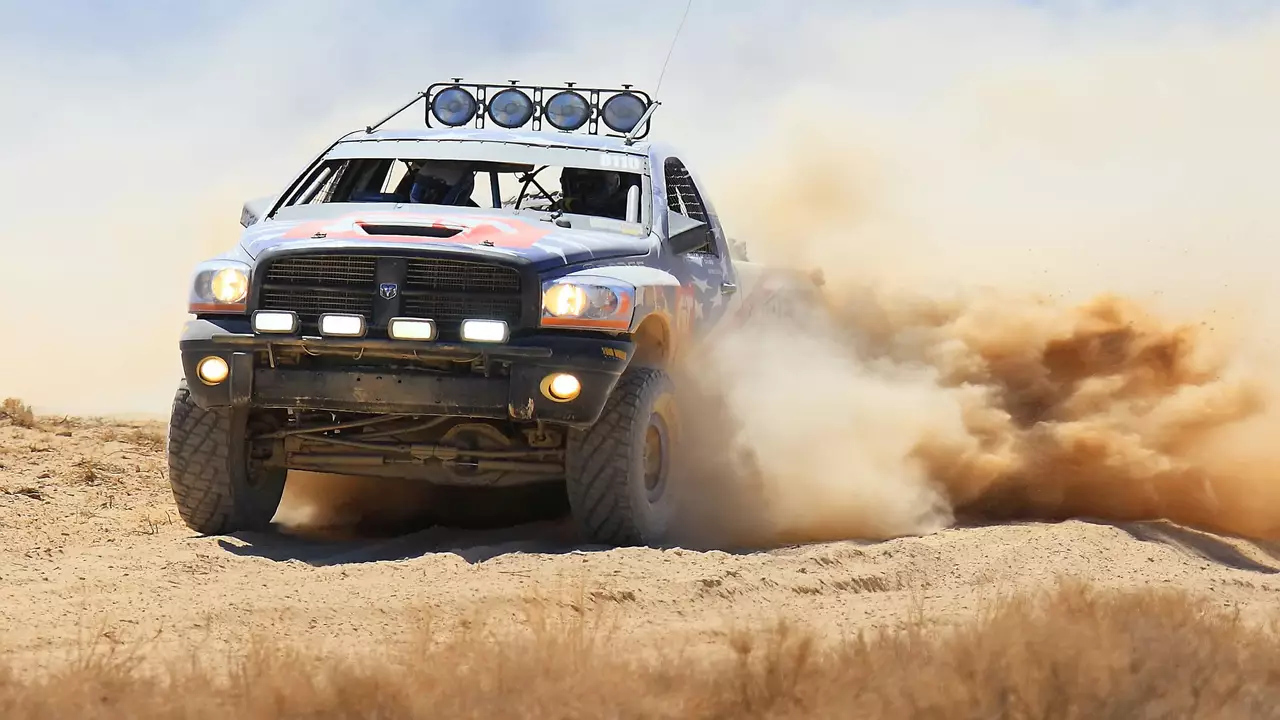
Are rally cars meant for off-road?
Well, buckle up folks, because we're diving into the wild, mud-splattering world of rally cars! Now, these beasts may look like your everyday grocery-getters but they're as different from them as I am from Brad Pitt. Truth is, rally cars are built for off-road adventures - they're like superheroes of the car world, ready to leap over gravel, mud, and snow in a single bound! So, yes, they are definitely meant for off-road, but they can also show-off on tarmac as well. Just don't try taking your mom's sedan off-roading, unless you fancy a hefty repair bill!
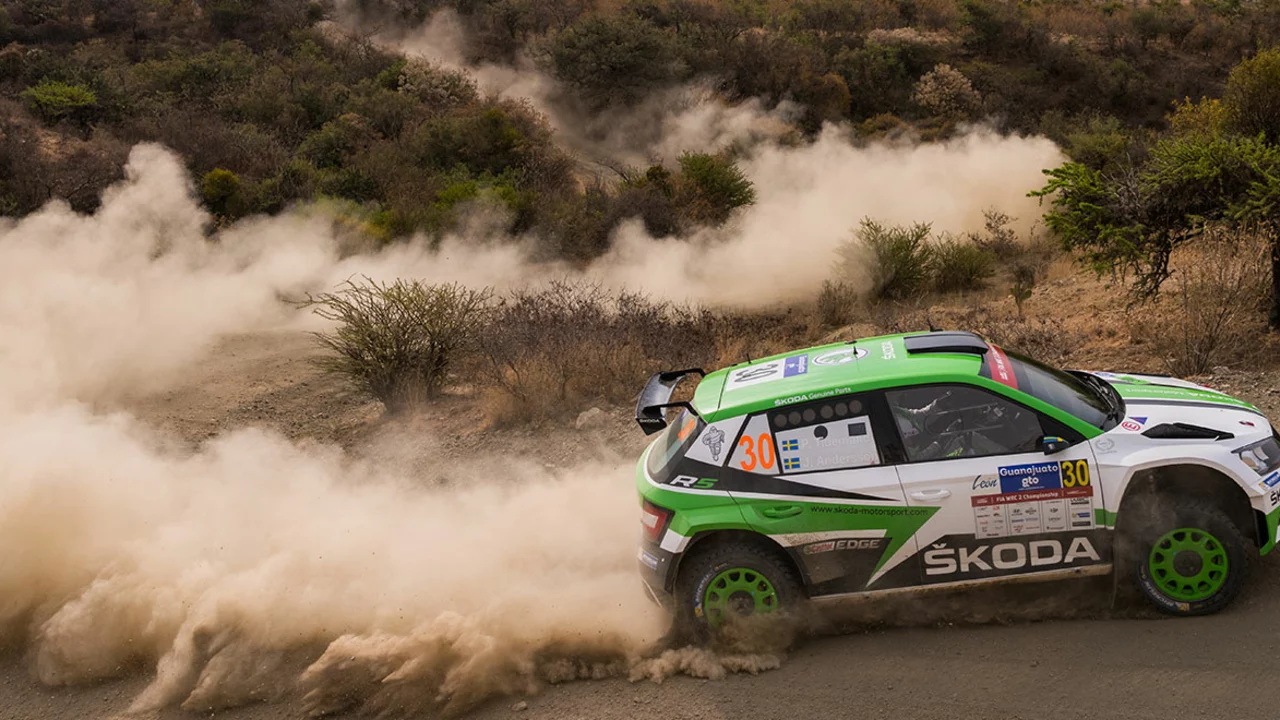
Do Rally Drivers use handbrake?
As someone deeply interested in rally driving, I've done some research into whether rally drivers use handbrakes. Turns out, they absolutely do! Handbrakes play a vital role in navigating tight corners or executing sharp turns, something a rally driver often encounters. It's interesting to know that the handbrake can be such an essential tool in controlling a car's movement. So, yes, rally drivers do make good use of their handbrakes during races.
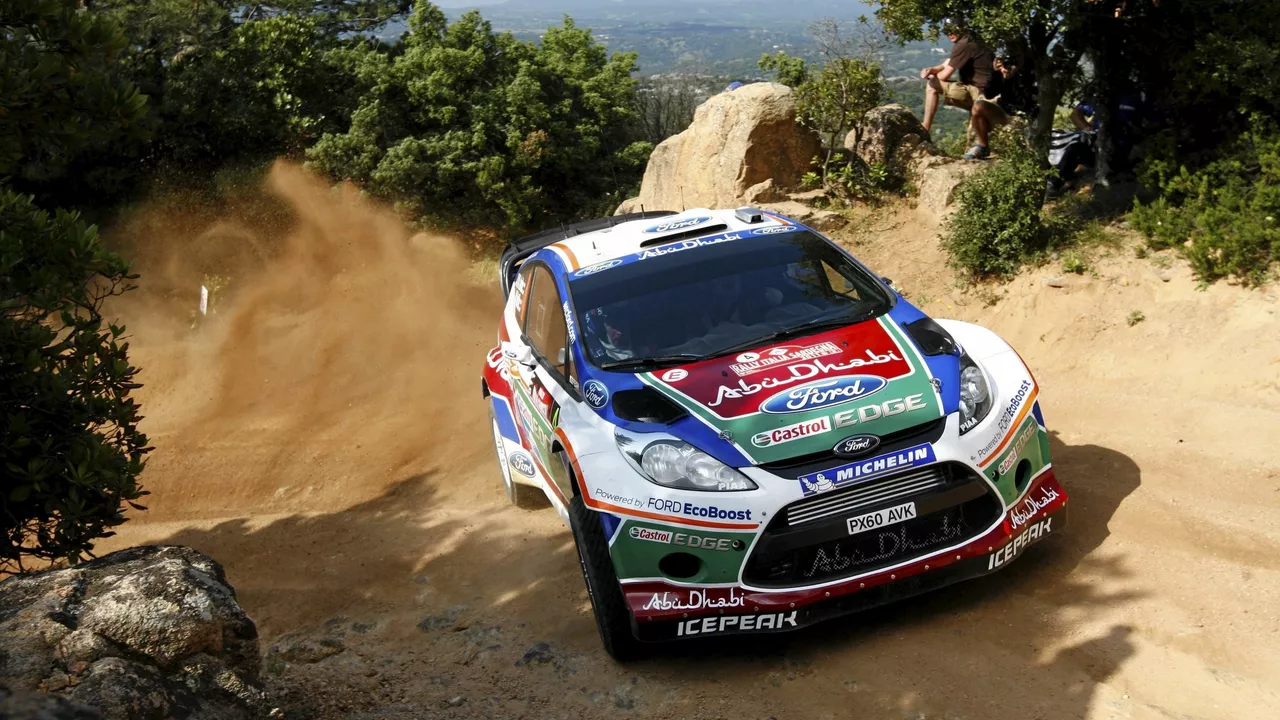
Is FWD good for a rally?
After digging into the subject, it seems that FWD cars can indeed be suitable for rally racing. Many people appreciate their predictable handling and the fact that the weight is concentrated over the drive wheels, which can improve traction. However, whether or not FWD is the best choice really depends on the specific conditions of the race. While they may struggle in some off-road conditions compared to RWD or 4WD vehicles, FWD cars can certainly hold their own in a rally setting. So, don't write off FWD for rally just yet - with the right skills and conditions, they can be quite effective.
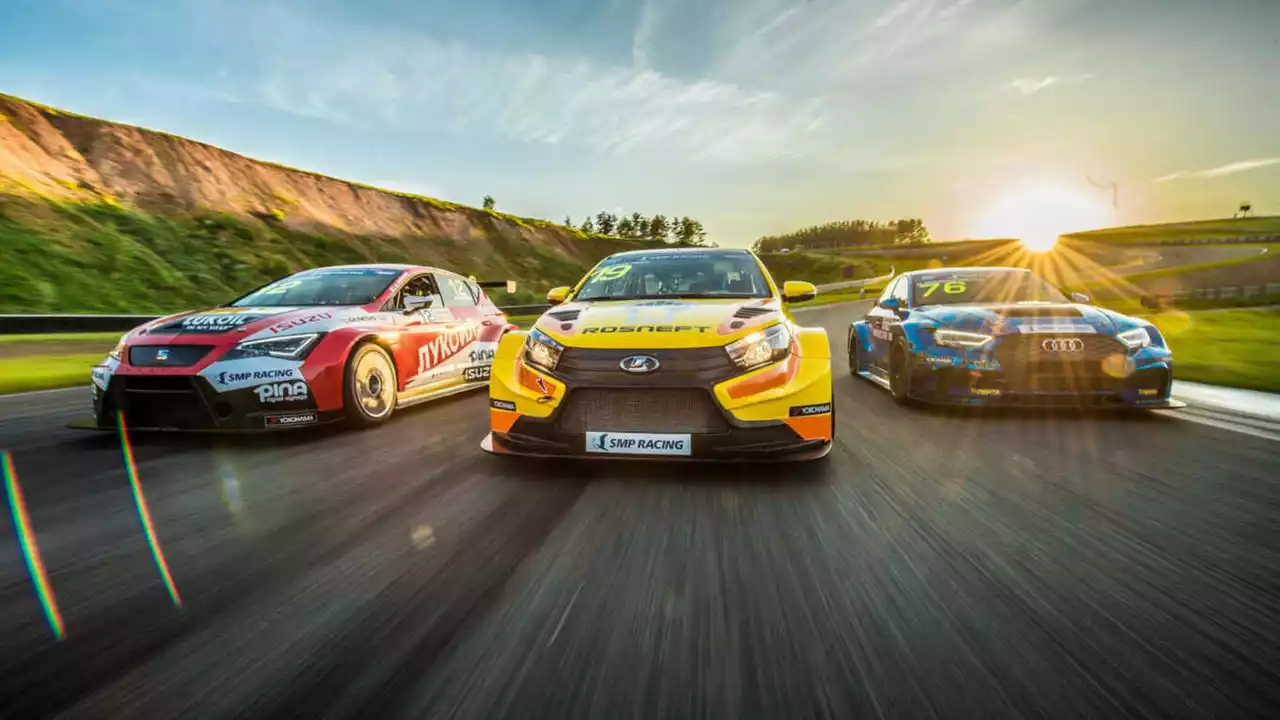
How does race driving strategy differ between rally and F1?
Racing strategies vary greatly between rally and F1 races, folks. Rally racing is all about endurance and mastering unpredictable terrains, so drivers often prioritize careful navigation and car preservation. On the other hand, F1 racing is a flat-out sprint on a defined circuit, where precision and speed are paramount, and drivers focus on aggressive overtaking and strategic pit stops. Essentially, rally drivers are playing the long game, while F1 drivers are all about that instant burst of speed and tactical execution. It's fascinating how one sport can have such diverse approaches, isn't it?
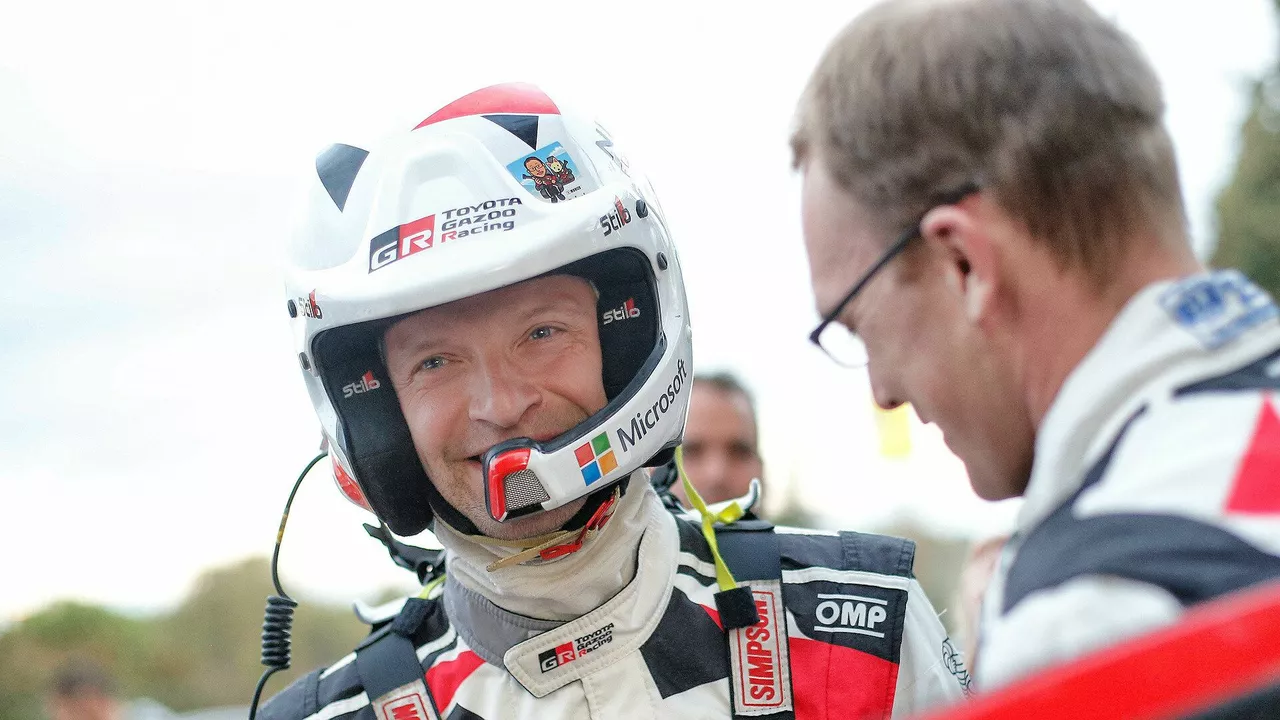
What does a co-pilot do in a rally?
As a rally enthusiast, I've always been curious about the role of a co-pilot in a rally race. A co-pilot, also known as a navigator or co-driver, plays a crucial role in guiding the driver through the course by providing precise instructions on the route, the upcoming turns, and any obstacles ahead. They also help the driver maintain the correct pace and manage the car's performance, ensuring the team stays competitive throughout the race. The co-pilot is responsible for reading the pace notes, which are detailed descriptions of the route, and communicating them to the driver in real-time. In summary, a co-pilot's essential job is to ensure the driver has all the necessary information to navigate the rally course efficiently and safely.
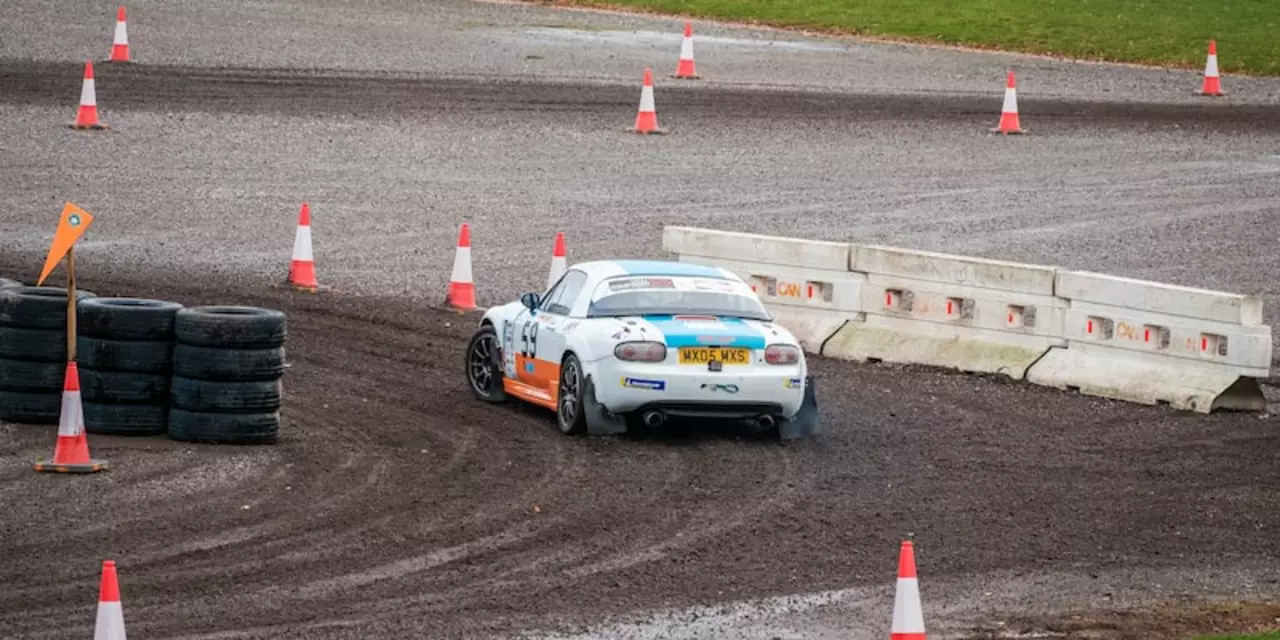
How do I start learning rally racing as a teen?
Rally racing can be an exciting and rewarding hobby for teens. To get started, teens should research local rally racing clubs and organizations and learn about the rules and regulations for the sport. Teens should also look for experienced coaches and mentors who can provide guidance and support. Additionally, teens should purchase all the necessary safety equipment and practice driving on courses that are similar to rally racing courses. Finally, teens should take advantage of any opportunities to observe and learn from experienced racers. With the right guidance and practice, teens can become skilled rally racers and enjoy the thrill of the sport.
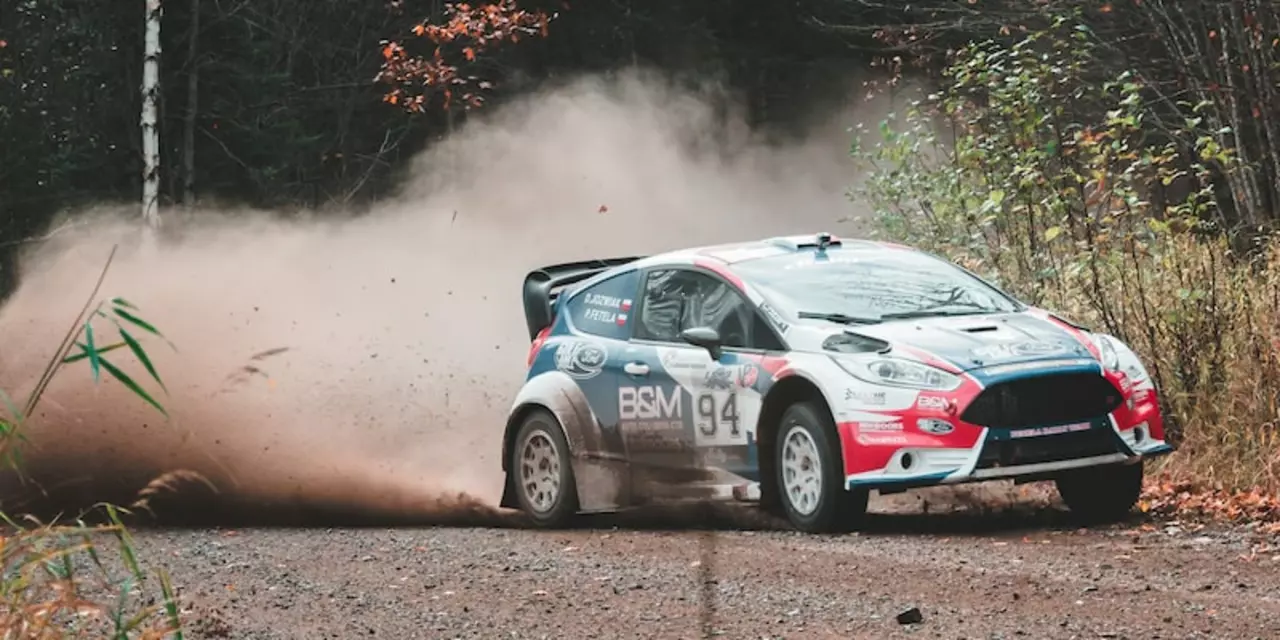
What are the 2 sticks used by the driver in a rally car?
The article discusses the two sticks used by the driver in a rally car. The first stick is the gear lever, which is used to change gears. The second stick is the handbrake, which is used to slow the car down in tight corners and when the driver needs to make quick changes of direction. It is also used to hold the car on a hill or when the car is stationary. Both sticks require skill and precision to use effectively, and mastering them can be the difference between success and failure in a rally.
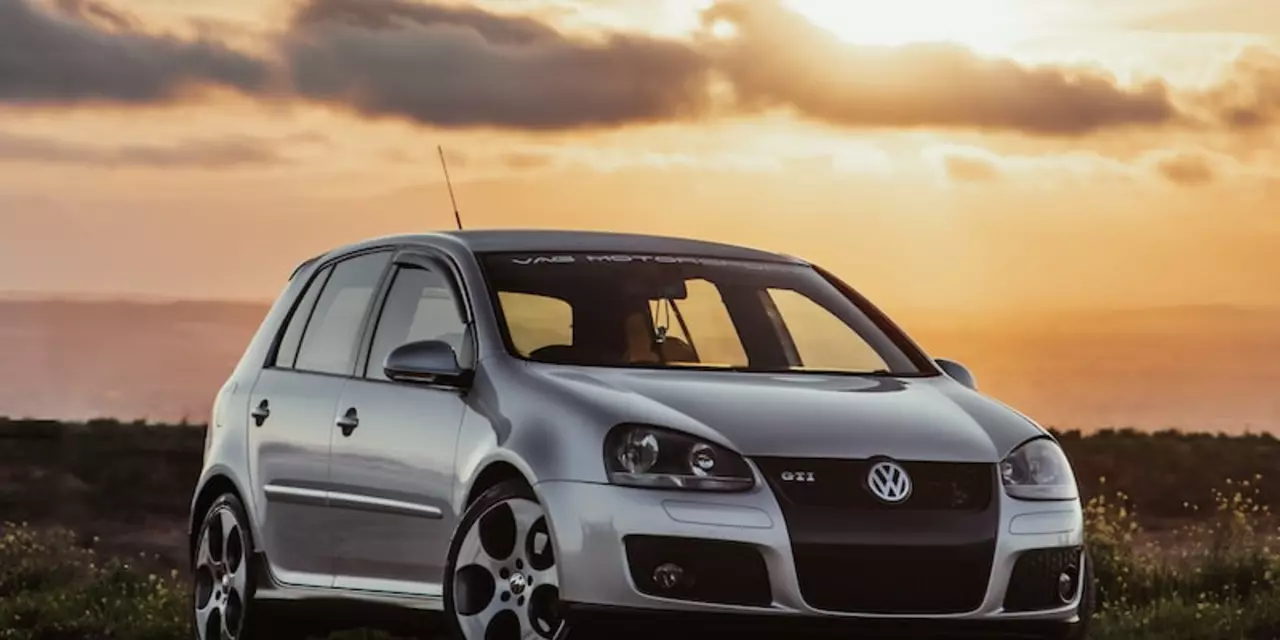
Why are dirt rally racing cars always hatchback?
Dirt rally racing is a type of motorsport that involves driving cars on unpaved roads. Hatchback cars are the most popular choice for this type of racing because of their superior handling, traction, and maneuverability. They also have a low center of gravity and are lightweight, making them ideal for navigating difficult terrain. Additionally, hatchbacks have a wide range of engine sizes and are easy to modify and tune for better performance. Their affordability and accessibility also make them a great choice for dirt rally racing.